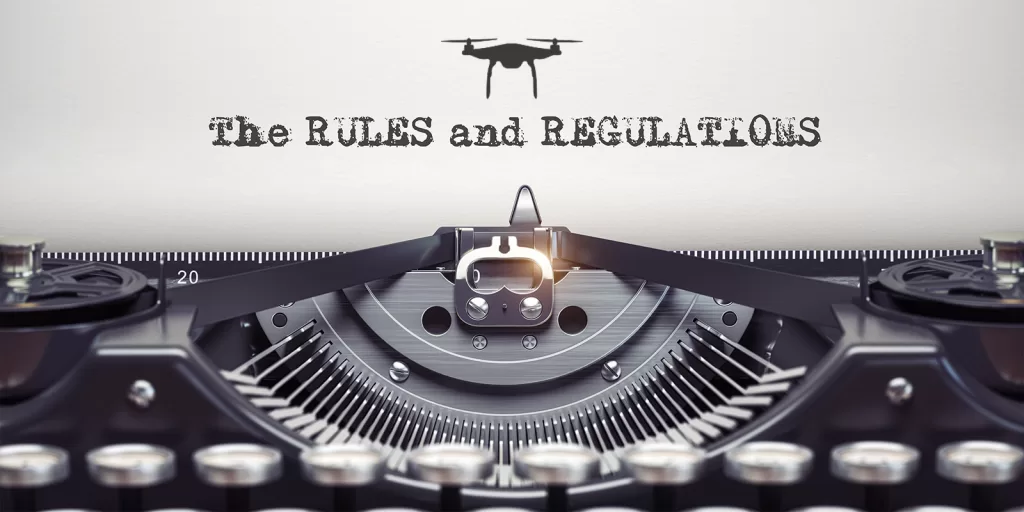
In a recent announcement, the Federal Aviation Administration (FAA) granted a six-month extension for enforcing the Remote ID requirement, moving the deadline to March 16, 2024. This decision came in response to growing concerns among drone pilots, who felt that they needed more time to ensure compliance with the new regulation. The original enforcement deadline was just a week after the annual Commercial UAV Expo, where Remote ID was a prominent topic of discussion. At the event, David Boulter, Associate Administrator for Aviation Safety at the FAA, hinted at “Remote ID relief” possibilities. Soon after, the FAA officially confirmed the extension, but what drove this decision?
This article explores the four primary reasons behind the FAA’s decision to extend the Remote ID enforcement deadline.
Extension for Enforcement, Not Compliance
First, it’s essential to clarify that the FAA hasn’t extended the compliance deadline for Remote ID; instead, it has extended the deadline for enforcing compliance. According to Kevin Morris, UAS/AAM Coordinator for the FAA, “The deadline for drone pilots to comply with Remote ID has not changed. Drone pilots are still expected to comply with the rule, however, we understand that for a variety of reasons they may not be able to.”
In summary:
- The Remote ID requirement came into effect as scheduled on September 16, 2023.
- If you can’t comply due to various reasons, you have until March 16, 2024, to become compliant.
- However, if you can comply but choose not to, you may face fines, suspension, or revocation of your remote pilot certificate.
The bottom line is that drone operators across various sectors, including wedding photographers, surveyors, and hobbyists, must strive for compliance, as mandated by the FAA.
Four Reasons the FAA Extended the Deadline for Remote ID Enforcement
In its announcement about the Remote ID extension, the FAA alluded to one primary reason: “. . . the FAA recognizes the unanticipated issues that some operators are experiencing finding some remote identification broadcast modules.”
While the scarcity of Remote ID broadcast modules is a significant factor, it’s not the sole reason behind the extension. Here are the four main factors that contributed to the FAA’s decision:
1. Broadcast Modules
Are Sold Out A critical factor leading to the deadline extension was the shortage of Remote ID broadcast modules. These modules play a pivotal role in ensuring compliance for drones that are not natively compliant due to their manufacture date or lack of firmware updates. Many drone pilots required these modules to meet the Remote ID requirements, but they became increasingly hard to obtain as the September 16 deadline approached.
2. Manufacturers Are Behind on Firmware Updates
Some drones that weren’t initially manufactured with native compliance can achieve it through firmware updates. However, not all drones have received these updates. Even popular models like DJI’s Phantom 4 RTK and Mavic 2 Enterprise received firmware updates only shortly before the original deadline. These delays were a contributing factor to the FAA’s decision to extend the Remote ID enforcement rollout.
3. FAA Delays with FRIA
Approvals While there are two primary ways to comply with Remote ID (natively compliant drones and drones with broadcast modules), a third option is to fly in an FAA Recognized Identification Area (FRIA), which doesn’t require any Remote ID technology. The catch is that FRIs are intended for recreational use only, with no Part 107 operations allowed. The FAA faced challenges in processing FRIA applications in the lead-up to the September 16 deadline, resulting in delays and contributing to the extension.
4. FAA Delays with Processing Declarations of Compliance
A final reason for the enforcement extension was the FAA’s backlog in processing Declarations of Compliance (DOCs). Drone companies are required to submit DOCs to the FAA for all compliant drones, while drone pilots must ensure their drones have a DOC to verify compliance. The FAA’s delays in processing these documents meant that some drone models were compliant but not officially recognized as such.
What’s Next for Remote ID?
The FAA has provided drone operators with an extension until March 16, 2024, to ensure compliance with Remote ID. However, it is advisable not to wait until the last moment. Start the process of becoming compliant now to ensure you are prepared when the new deadline arrives.
Conclusion: The Takeaway
The FAA’s decision to extend the enforcement deadline for Remote ID was driven by a combination of factors, including the scarcity of broadcast modules, delays in firmware updates, FRIA approval processing, and DOC processing delays. Drone operators must use this additional time wisely to ensure compliance with this crucial regulation, which applies to everyone flying a drone for recreation, business, or public safety.
Be smart, safe, and forever fly!
If you have any questions, let us know! If you’d like to hire us, you can get more information here.
Written by: Tony Marino, MBA – FAA Certified Part 107 Commercial Drone Pilot and Chief Business Strategist at Aerial Northwest
Disclaimer: The information provided in this blog post is for general informational purposes only and should not be construed as legal advice.
Resources

DRONE BUSINESS STRATEGY MAGAZINE
A free digital publication made exclusively for all small business drone pilots to them help start-up, become profitable while sustaining a competitive advantage within the drone service industry sector they opt to serve.
“If you love to fly, we’d love to have you come aboard!”
We share your information with no one. Our Privacy Policy.









Leave a Reply
Your email is always safe with us.